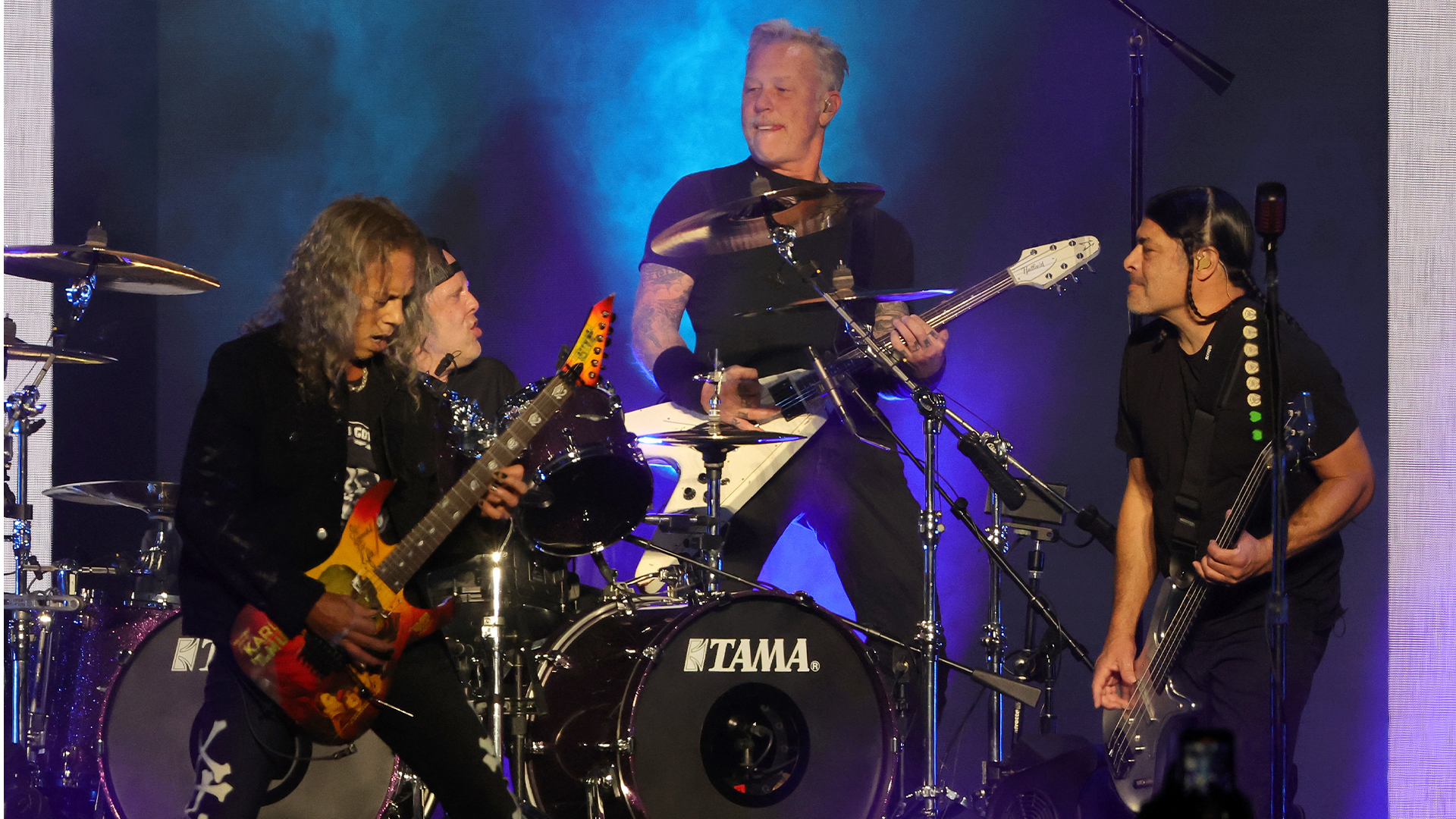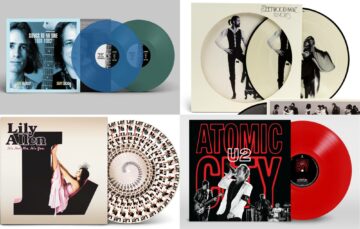Who are the members of Metallica?
James Hetfield (vocals/rhythm guitar, 1981–)
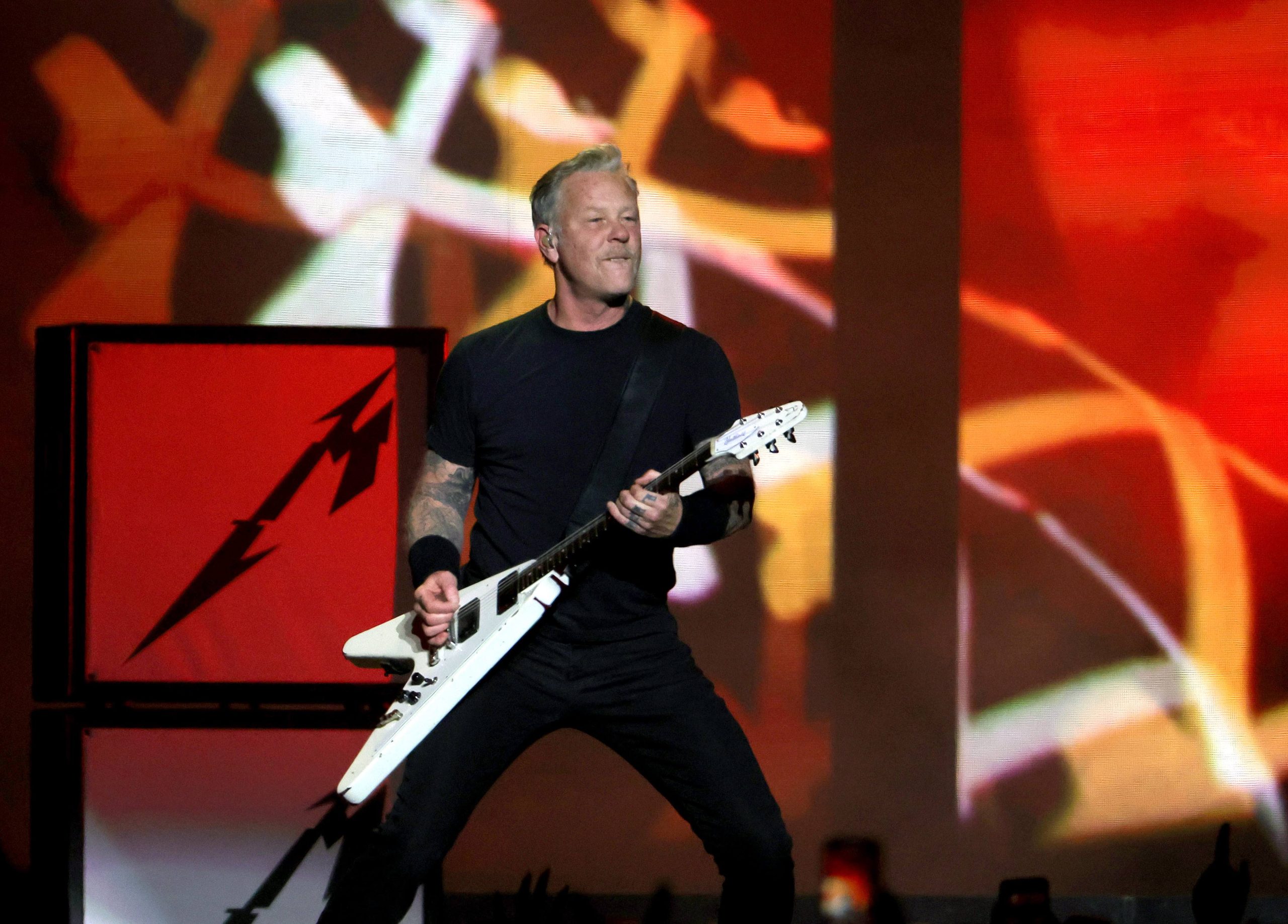
Photo: Ethan Miller
Singer/guitarist “Papa Het” co-founded Metallica in 1981 with drummer Lars Ulrich. Since then, he’s been revered for his impossibly fast right hand, with riffs like ‘Master of Puppets’ being played using only downstrokes and the poetry of his lyrics. His addiction problems, for which he entered rehab in 2001 and 2019, have been well documented.
Lars Ulrich (drums, 1981–)
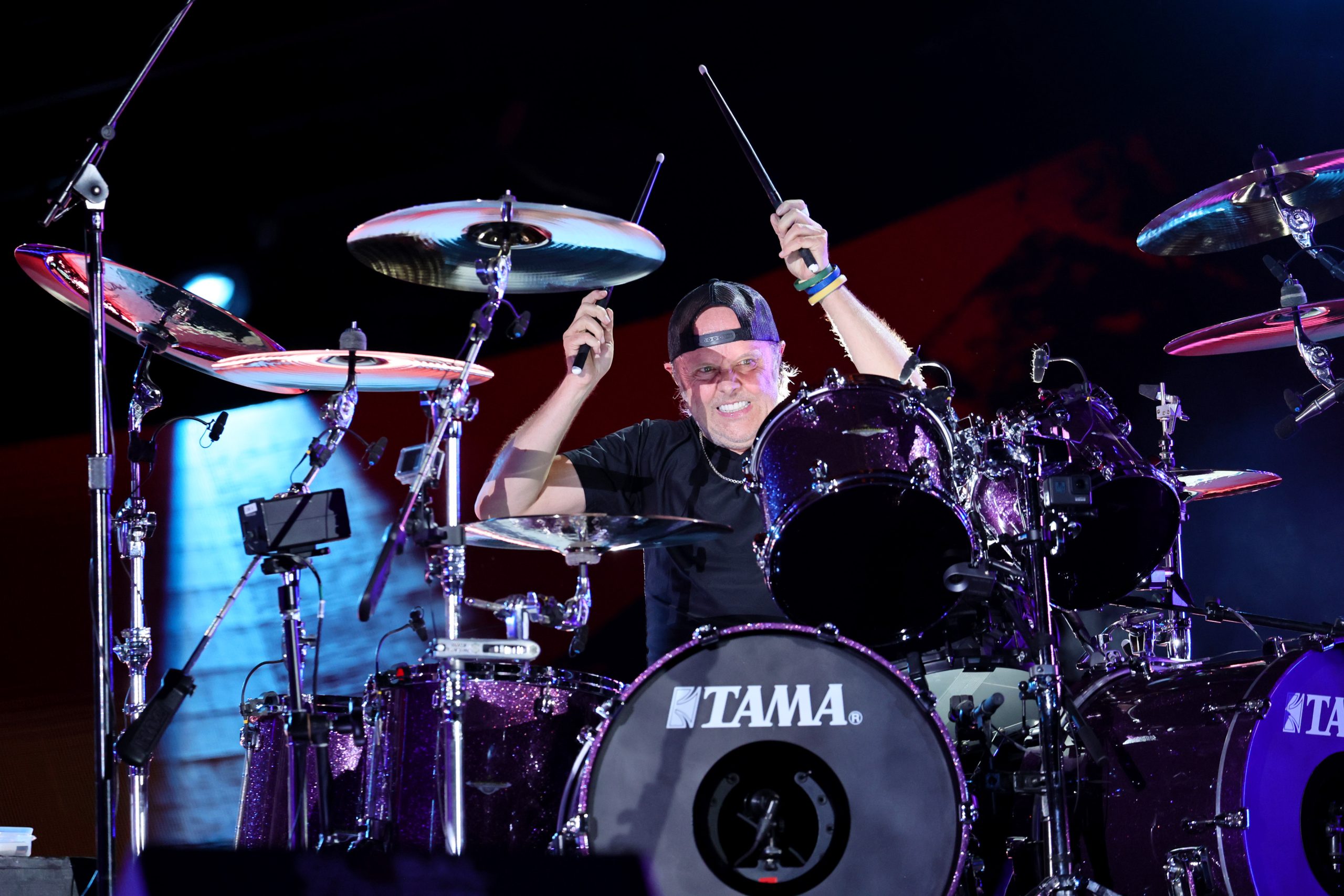
Photo: Theo Wargo
Metallica’s business-savvy drummer started the band when he put an ad in the L.A. newspaper The Recycler, which James answered. His playing is endlessly controversial among fans: while some say his simplistic style made Metallica more accessible, others argue he’s simply a bad drummer. Either way, he was the man with the connections that got the band off the ground.
Kirk Hammett (lead guitar, 1983–)

Photo: Theo Wargo
Kirk joined Metallica almost immediately before they recorded their debut album Kill ’Em All, replacing fired lead guitarist Dave Mustaine. He’s been a cornerstone of the band ever since and, in the 2004 documentary Some Kind of Monster, comes across as the chilled-out mediator between the strongly opinionated James and Lars. His love for the whammy pedal has earned him the nickname ‘Kirk Whammett’.
Rob Trujillo (bass, 2003–)

The newest addition to Metallica, Rob brought stability back to the band following a lengthy tailspin. Longtime bassist Jason Newsted’s 2001 exit tipped the remaining members into years of in-fighting, much of which is captured on the Some Kind of Monster doc. Before Metallica, Rob performed with Ozzy Osbourne, Suicidal Tendencies, Black Label Society, Jerry Cantrell and other major metal players.
Dave Mustaine (lead guitar, 1982–83)

Photo: Emma McIntyre
Dave was Metallica’s first lead guitarist, lasting only a year in the band before his alcoholism got him fired. He was sacked after the band had made the 2,900-mile drive from his hometown San Francisco to New York to record Kill ’Em All and is still bitter about it. The silver lining is he subsequently started Megadeth, who’ve sold some 38 million albums.
Ron McGovney (bass, 1982)
An old school friend and bandmate of James, Ron McGovney was quickly tapped to be Metallica’s first bassist at the start of 1982. However, he didn’t even last a year, stepping back in December due to personality clashes with his cohorts. Nowadays, he’s a prolific presence on heavy metal Twitter, where he continues to shed light on Metallica’s mythologised early days.
Cliff Burton (bass, 1982–86)
Cliff was asked to join Metallica when James and Lars saw him soloing onstage. Over the three albums, he made with them – on songs like ‘Anaesthesia (Pulling Teeth)’, ‘For Whom the Bell Tolls’ and ‘Orion’ – he flaunted such a virtuoso finger-picking style that many consider him the best metal bassist ever. He died at only 24 when Metallica’s bus crashed during a European tour.
Jason Newsted (bass, 1986–2001)
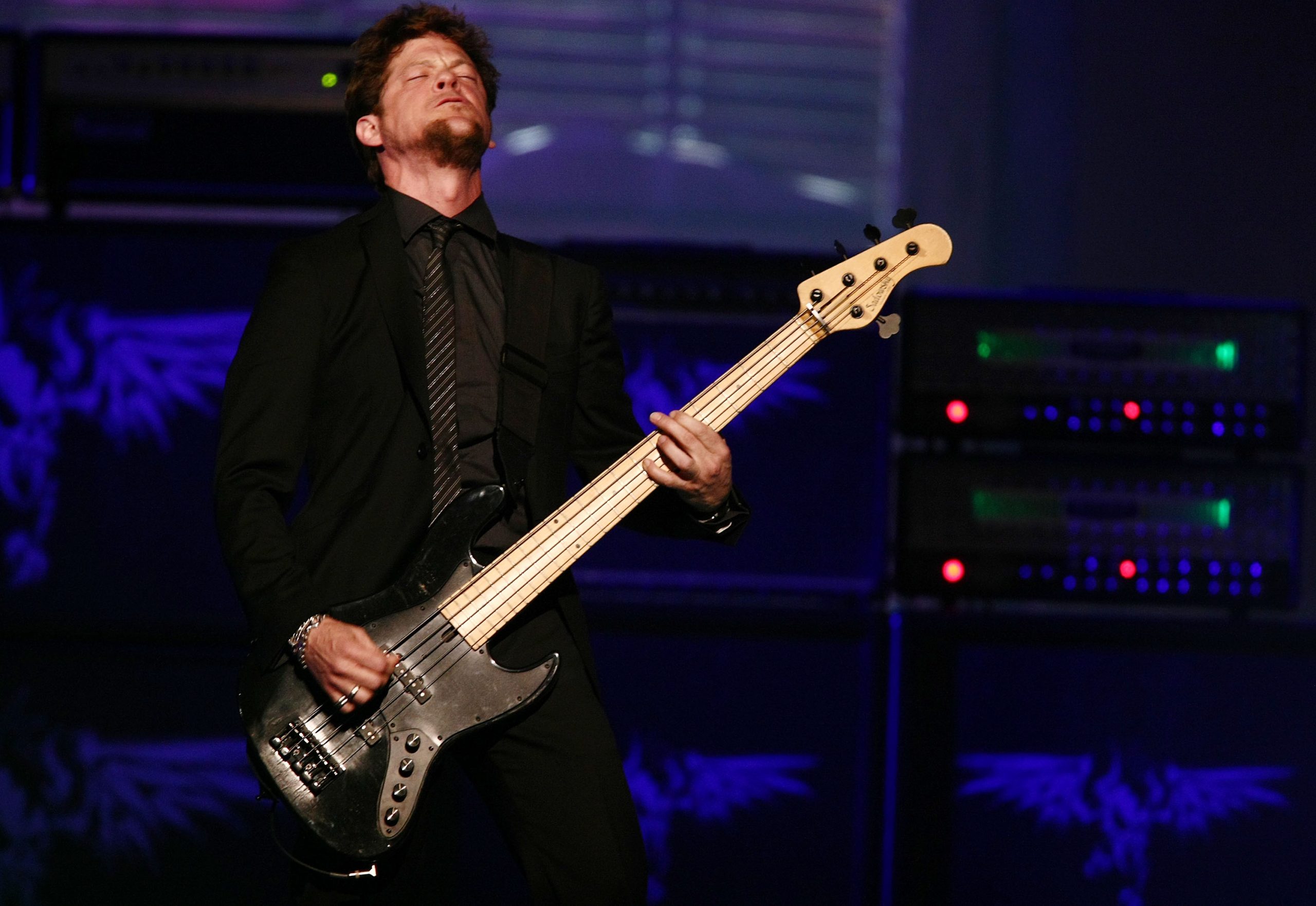
Jason joined Metallica when they were still mourning Cliff and was brutally hazed during his early tenure in the band. However, the ‘Newkid’ soon became a powerful personality, performing lead vocals during certain live songs and dedicating much of his time to meeting fans. He eventually quit in January 2001, citing a need to pursue outside musical projects, which Metallica forbade him from doing.
What are all the Metallica albums?
Kill ‘Em All (1983)
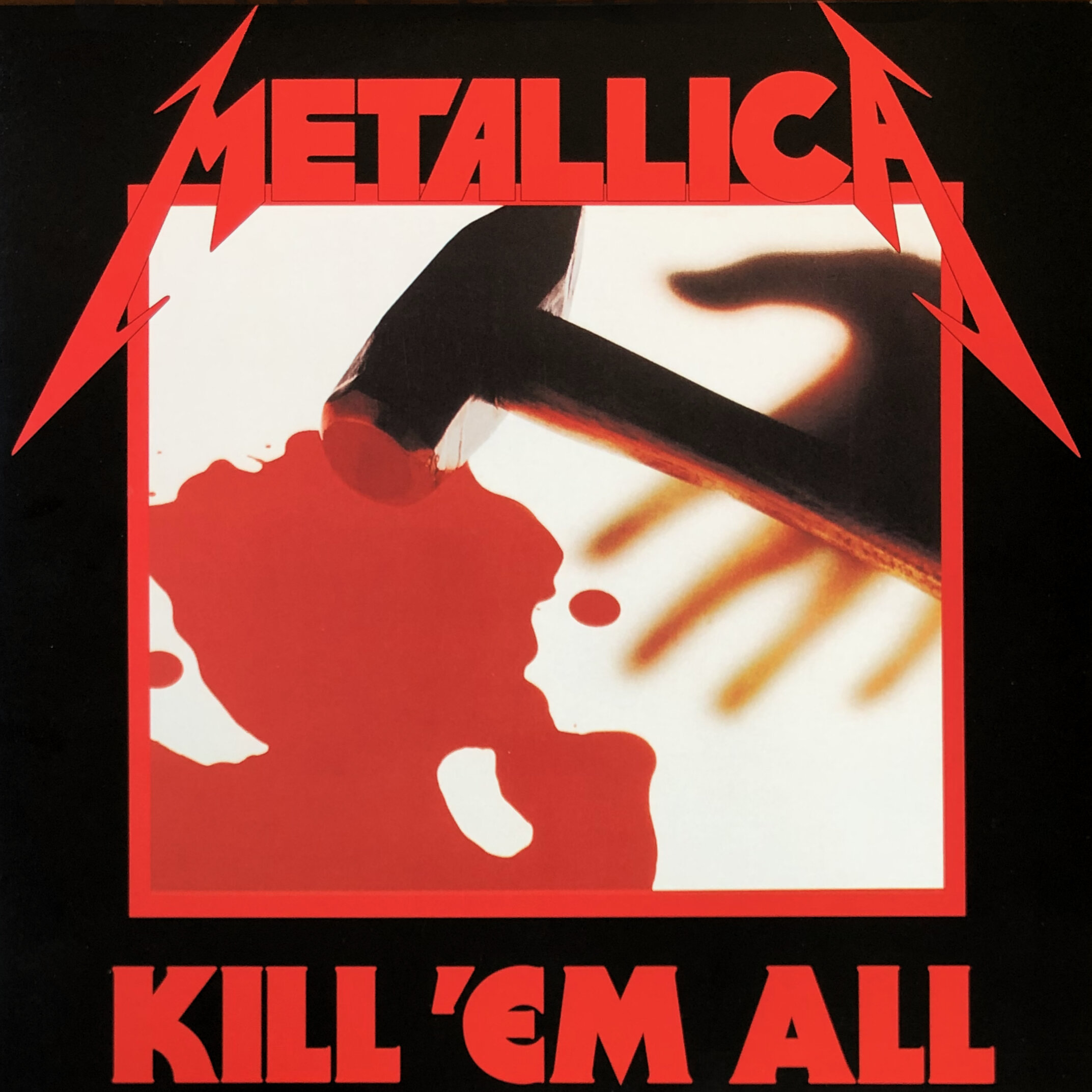
Metallica’s debut wore their influences on its sleeve, meshing the metal of Iron Maiden with the snarling punk of the Misfits. However, songs like the bass-led ‘Anaesthesia (Pulling Teeth)’ showed signs of the uniqueness to come and put the band at the forefront of the Californian ‘thrash metal’ scene.
Ride the Lightning (1984)
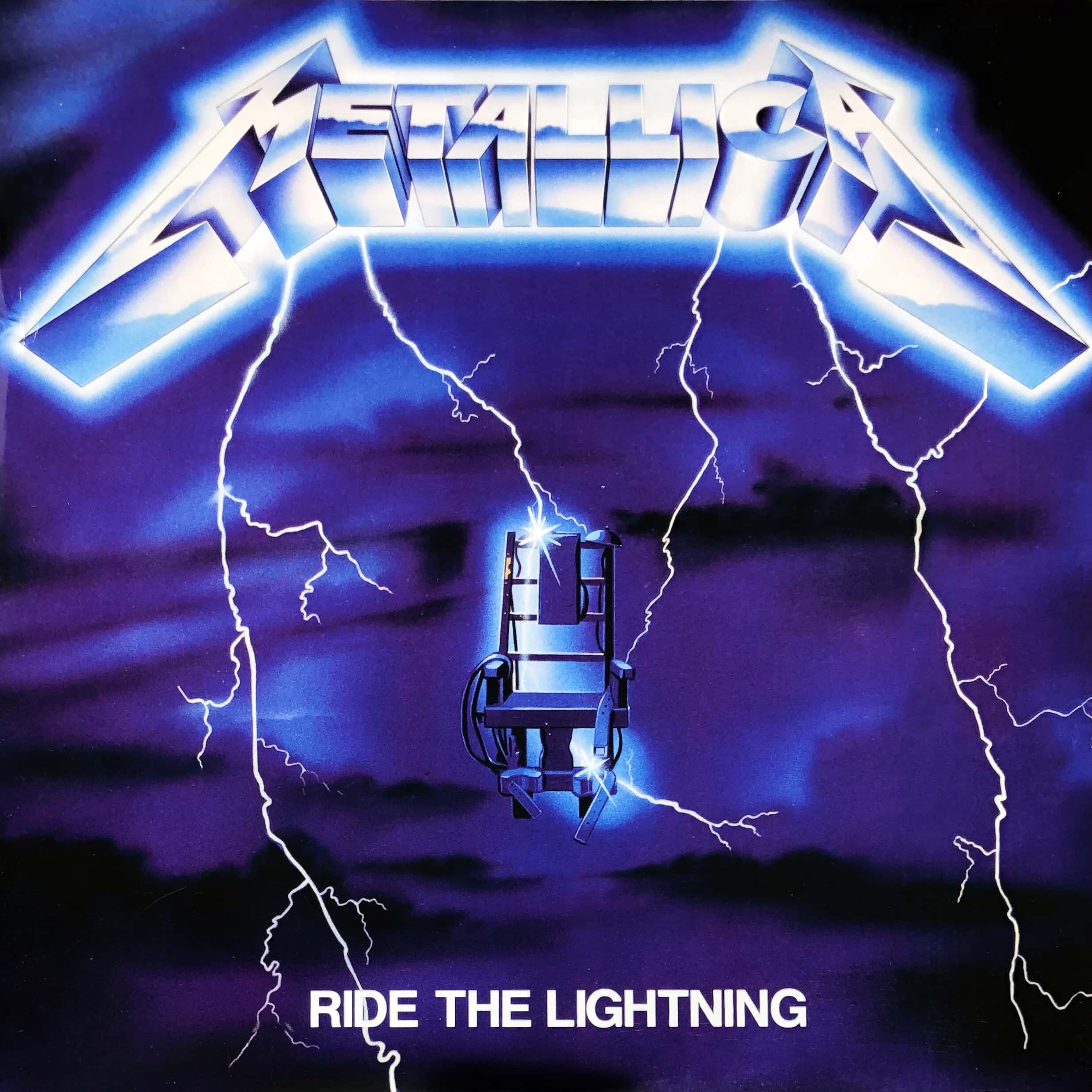
With the acoustic ballad ‘Fade to Black’ and nine-minute instrumental ‘The Call of Ktulu’, Ride the Lightning incensed thrash metal purists but signposted that Metallica had ambitions far beyond their insular subgenre. Today, several of its songs are live mainstays, and many fans cite it as its creators’ best album.
Master of Puppets (1986)
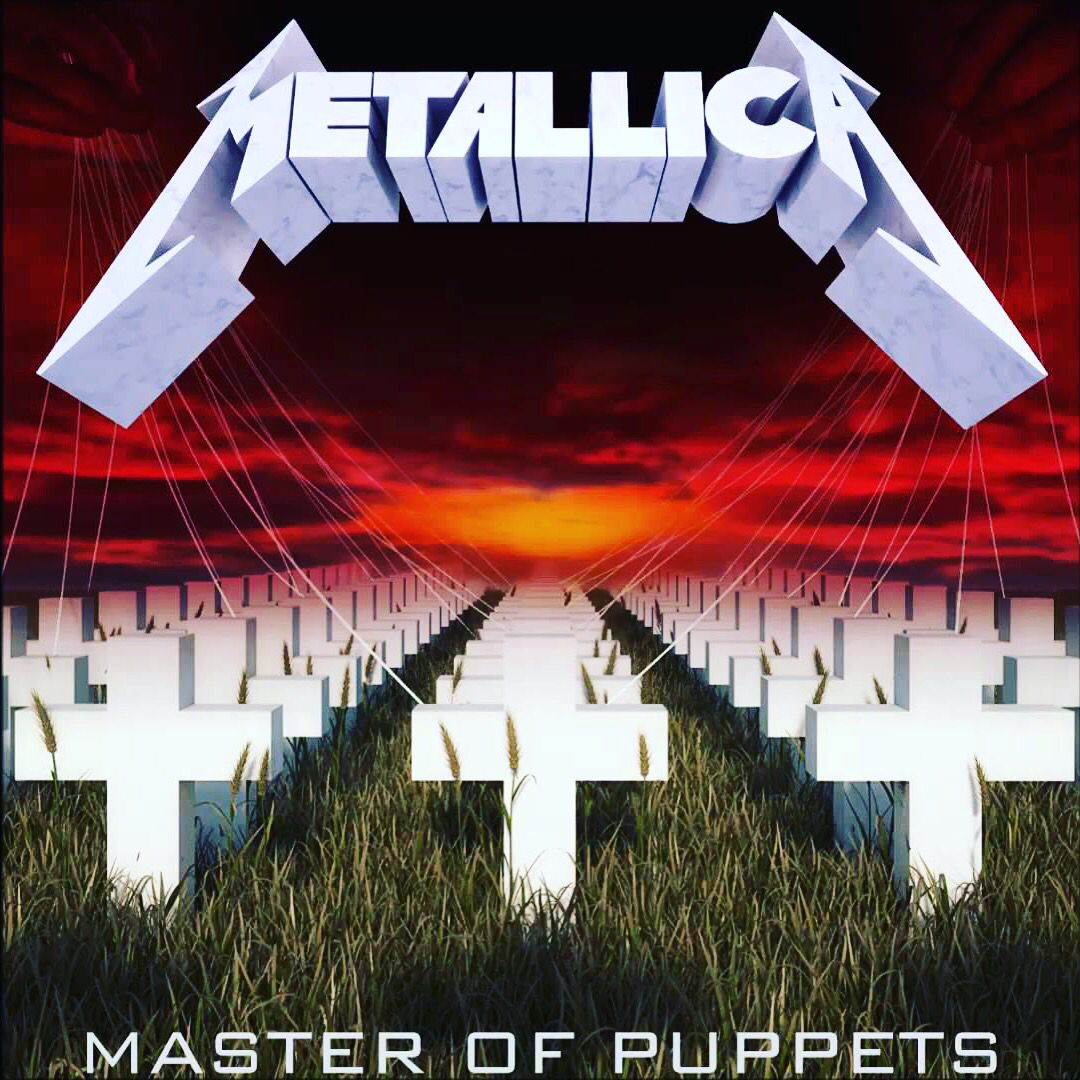
The definitive Metallica album. Songs like the title track, ‘Welcome Home (Sanitarium)’ and ‘Battery’ still sound original nearly 40 years later, as their boisterous choruses and progressive arrangements left every one of this band’s peers playing catch-up. Its ingenuity and impact on the heavy metal scene are still yet to be matched.
…And Justice for All (1988)

Metallica leaned further into the progressive with songs like …And Justice for All’s ten-minute-long title track. The album’s polarised by making Jason Newsted’s bass inaudible due to James and Lars co-producing and mixing. However, it also launched the Damaged Justice world tour, which affirmed Metallica as an arena-sized metal behemoth.
Metallica (1991)
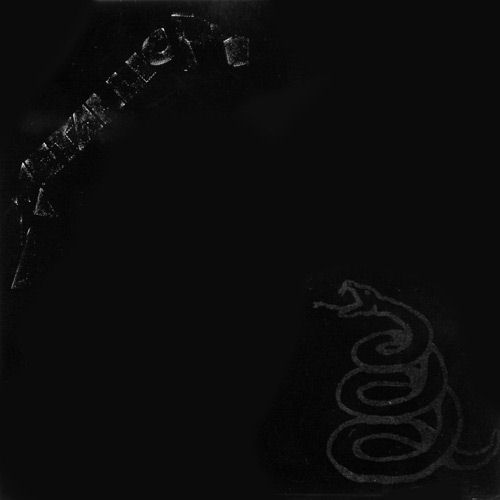
Playing Justice’s immense songs live exhausted Metallica, so they made its follow-up as essential as possible. It’s self-titled, covered in near-solid black artwork (hence its nickname, The Black Album) and contains no-frills hits like ‘Enter Sandman’ and ‘Nothing Else Matters’. That simplicity let Metallica penetrate the mainstream and remains the best-selling metal album ever.
Load (1996) and Reload (1997)

This double album remains Metallica’s most controversial moment. Not only are these avant-garde blues rock discs, but suddenly the band cut their hair, did shoots with Depeche Mode photographer Anton Corbijn and put semen and urine on the artwork. Defenders will always cite ‘Bleeding Me’ and ‘The Unforgiven II’ as perfect songs, though, and… yeah, they’re amazing.
Garage, Inc. (1998)
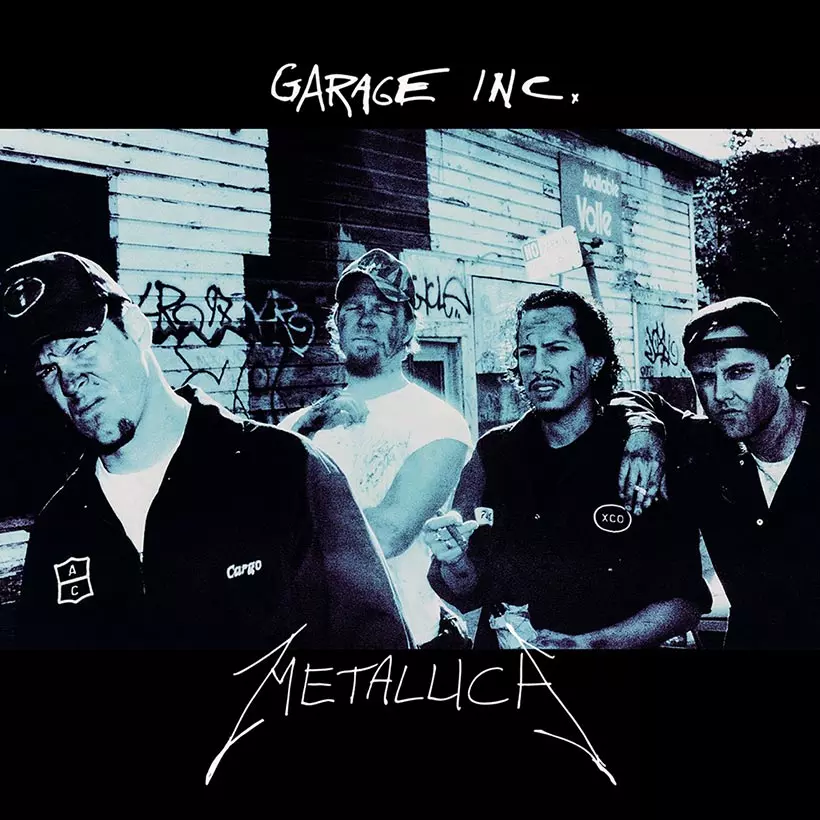
Between the art-rock indulgence of Load and Reload and the symphonic scope of S&M, Metallica returned to their roots with this two-disc covers album. CD 1 contains newly recorded odes to such influences as Killing Joke, Mercyful Fate and Diamond Head, while the second is a compilation of old covers taken from then-out-of-print EPs.
S&M (1999)
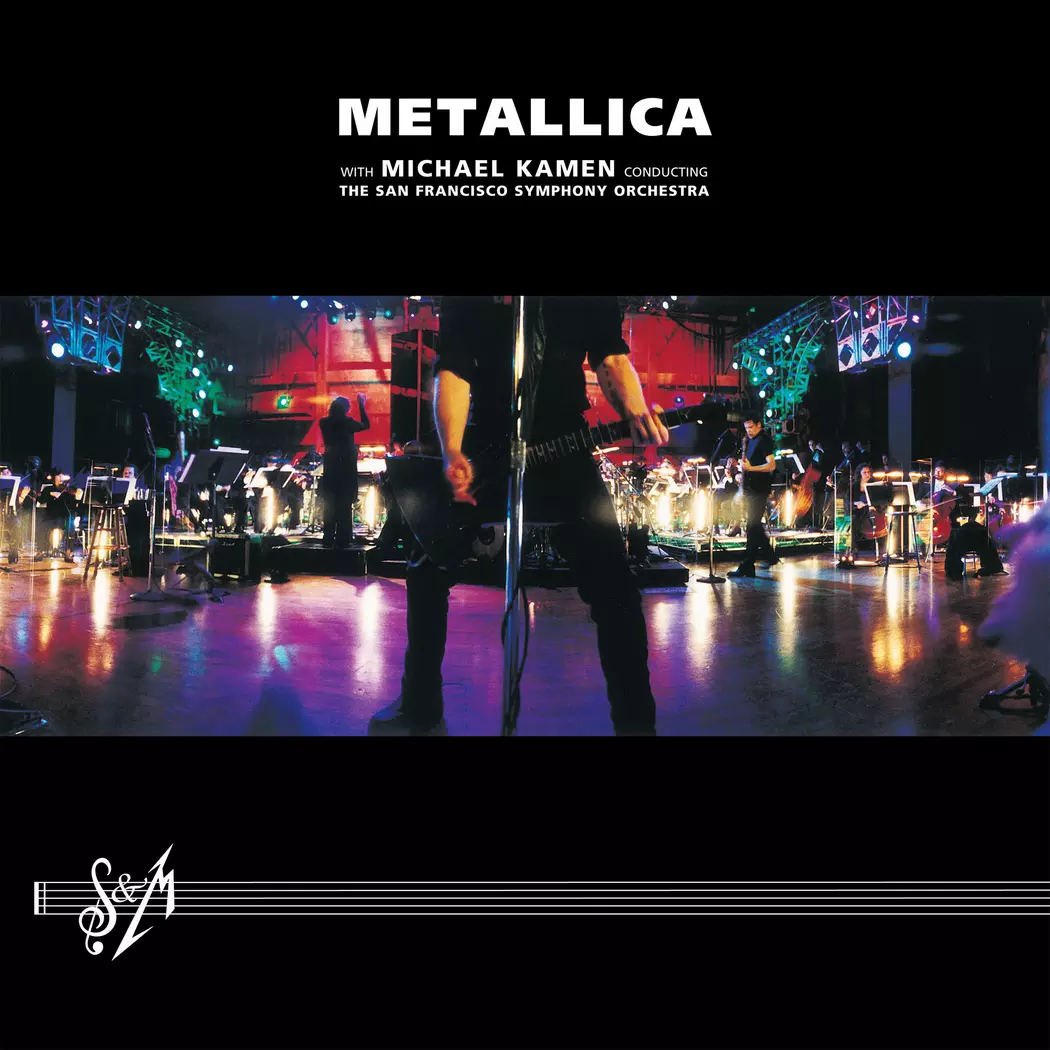
For the first time in heavy metal history, Metallica teamed up with an orchestra for an entire concert where their songs would be given symphonic backing. The resulting S&M (Symphony & Metallica) live album is the apex of their late-‘90s output, adding newfound drama to the classics while debuting the brilliant ‘No Leaf Clover’.
St Anger (2003)
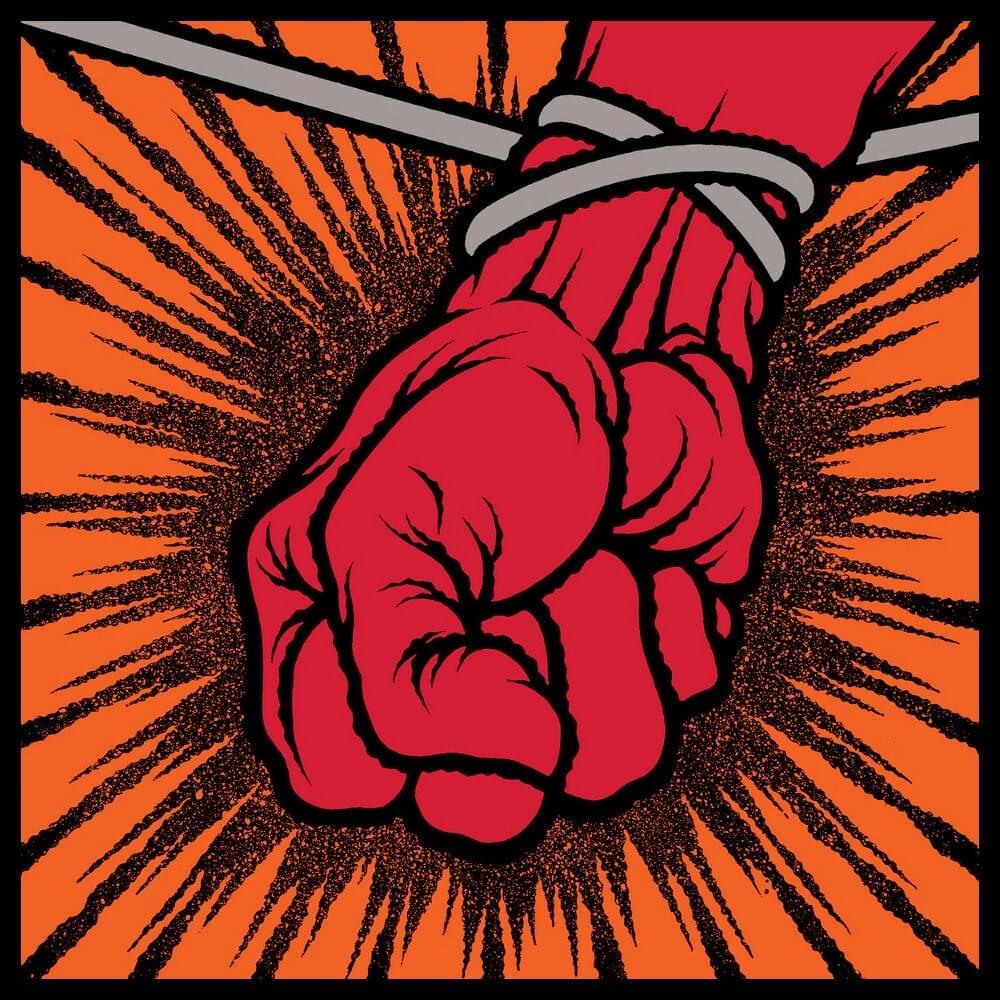
The first out-and-out dud of Metallica’s career. St Anger was supposed to recapture the band’s teenage aggro after two years of rehab and line-up changes. Although heavy, the result lacks the virtuoso playing and adventurous structures they built their name with. The production on Lars’ drums is especially infamous, mocked to this very day.
Death Magnetic (2008)
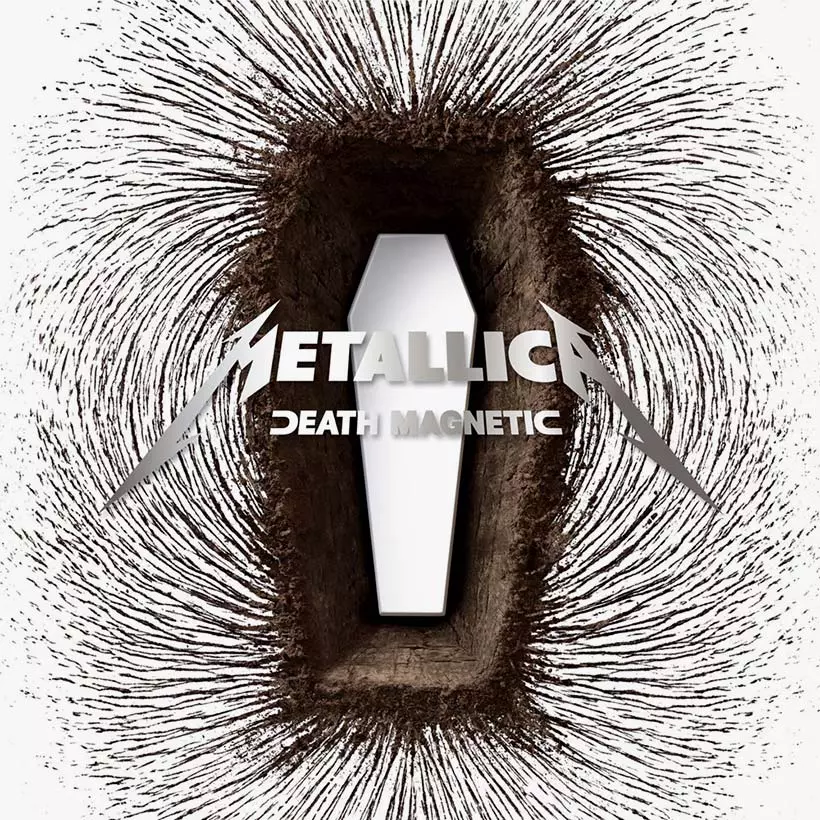
After St Anger landed about as well as a nose-diving aeroplane, Metallica revisited their mid-‘80s formula. Death Magnetic ticks all the boxes: a ballad, an instrumental and lashings of hammer-headed riffs in between. Rick Rubin’s ‘loudness war’-era production has been lambasted, but otherwise, this was deemed a welcome return to form.
Lulu (2011)
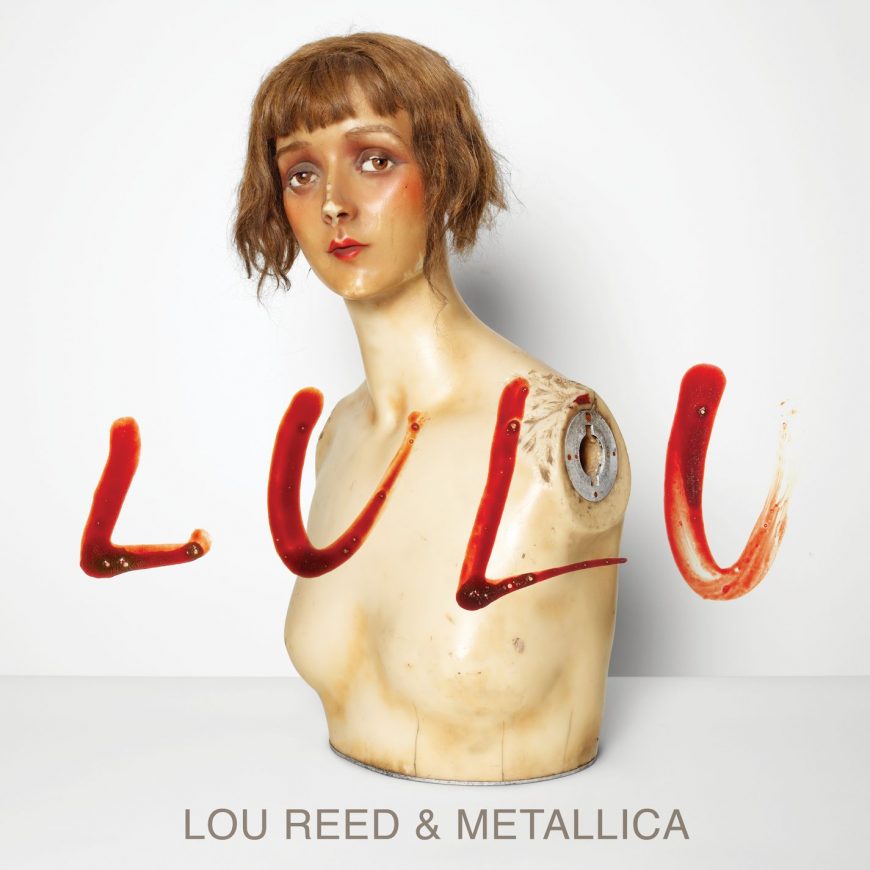
Metallica’s worst album. Here, the metal icons played backing band to Lou Reed, laying down hulking riffs beneath the art-rocker’s spoken-word poetry. The two discs are overly long and impenetrable. Despite the band standing by the endeavour, metalheads have long since thrown their copies of this into the skip.
Hardwired… to Self-Destruct (2016)

These 78 minutes contain some of the finest 21st century Metallica songs. ‘Spit Out the Bone’ is a neck-snapping thrasher, ‘Moth Into the Flame’ has dollops of vintage metal pageantry and ‘Here Comes Revenge’ carries some seriously unsettling verses. It’s the best studio album the band have made since The Black Album.
72 Seasons (2023)
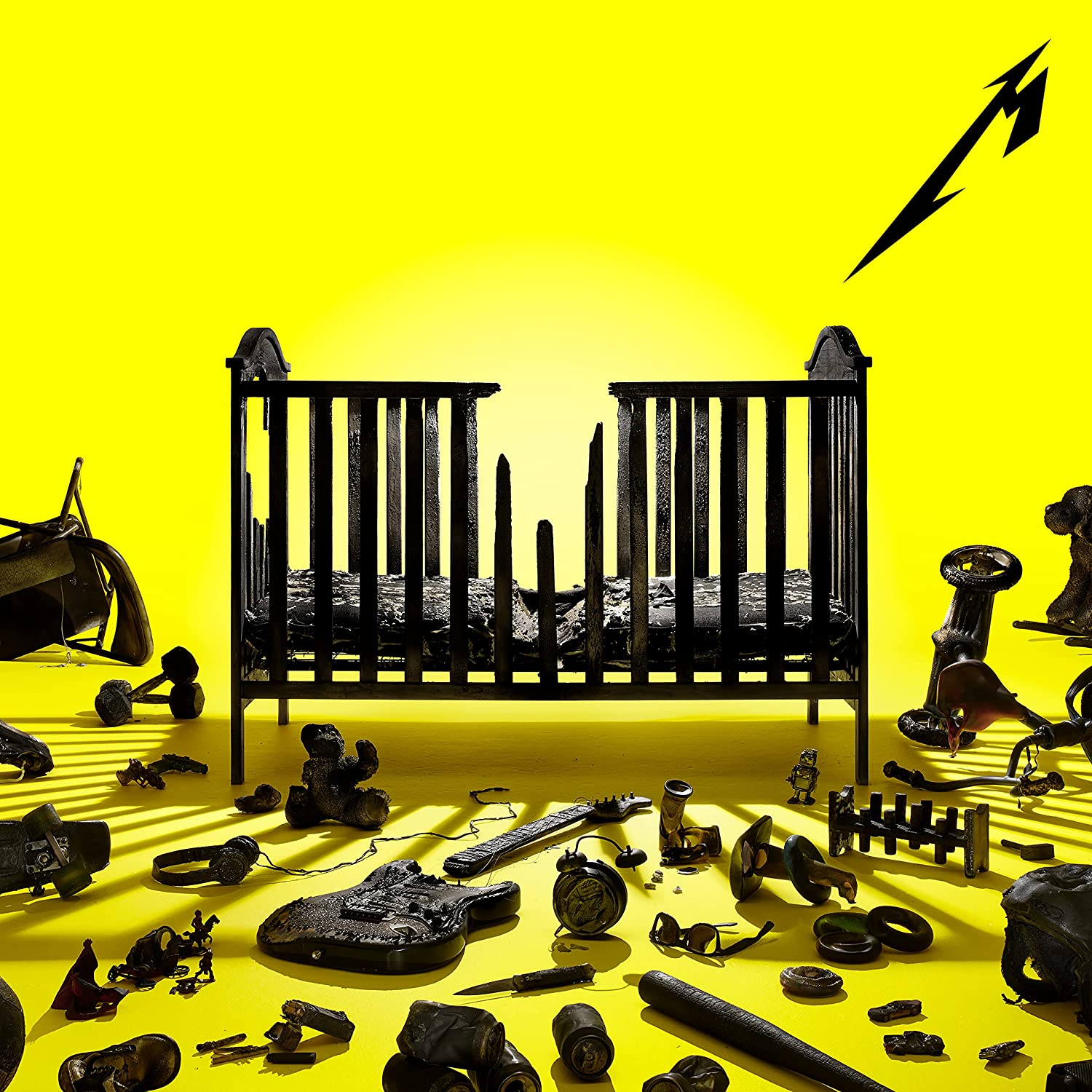
Inspired by the first 18 years of Metallica’s lives, 72 Seasons has more remnants of Motörhead and punk than they’ve carried since Kill ’Em All. It’s a blatant throwback, but the supporting tour will see the band continue to march forward: they’ll play two nights at each stop, never repeating a single song the entire time.
What are the essential Metallica songs?
‘Enter Sandman’ (1991)
A radio mainstay with more than a billion Spotify streams, ‘Enter Sandman’ has been heard by everybody at some point. The lead single of The Black Album was the first taste the world got of a simplified Metallica, and its adrenaline-pumping build-up and climactic chorus sunk their teeth into the mainstream.
‘Nothing Else Matters’ (1991)
Metallica had done ballads before ‘Nothing Else Matters’, but they’d never worn their hearts on their sleeves to this extent. James Hetfield wrote it as a tribute to his then-girlfriend, and, ironically, the song he was most terrified to share with the world became a live mainstay evocative enough to transcend the metal subculture.
‘Master of Puppets’ (1986)
A symbol of Metallica at their creative peak, ‘Master of Puppets’ is eight minutes of imposing riffing and neo-classical soloing tethered together by a perfectly shoutable refrain. It’s the band’s most-performed tune (1,722 times according to setlist.fm) and recently enjoyed relevance anew when it appeared in Stranger Things’ season four finale.
‘One’ (1988)
‘One’ is a masterclass in escalating drama. The …And Justice for All single begins with four easy-as-pie guitar notes yet ascends into a cavalcade of heavy metal grooves, blistering solos and emotive shouts. It was the first music video Metallica ever made, making them an ever-present fixture of the then-star-making MTV.
‘For Whom the Bell Tolls’ (1984)
A song that saw Metallica slow down when other thrash metal bands were trying to speed up, ‘For Whom the Bell Tolls’ telegraphed that this wasn’t a band who’d play everyone else’s game. The opening melody isn’t a guitar but a finger-picked bassline by Cliff Burton – a reminder of the late maestro’s incomparable talents.
And for those who want to simply dive straight into Metallica’s music, listen to the playlist of key tracks below.
Metallica’s new album, 72 Seasons, is out on April 14 via Blackened.

